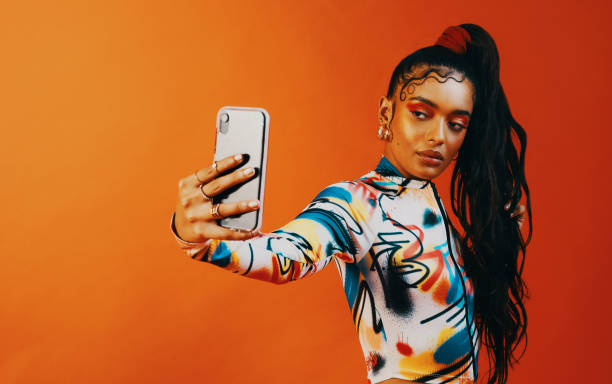
FAQ About Becoming an Influencer
Becoming an Influencer
2 years ago | gizem
What should I include in a media kit as an influencer?
A media kit is a document that provides an overview of your brand, audience, and collaboration opportunities for potential brand partners. It showcases your influence and helps brands understand how you can benefit their marketing campaigns. Here are some key elements to include in your influencer media kit:
- Introduction and bio: Provide an introduction to yourself, including your name, background, and a brief bio that highlights your expertise, niche, and what sets you apart as an influencer.
- Audience demographics: Include information about your audience demographics, such as age range, gender breakdown, location, and any other relevant data that gives brands insight into your audience's characteristics and interests.
- Follower count and engagement metrics: Highlight your social media follower count, as well as engagement metrics like average likes, comments, shares, and impressions. This demonstrates the size and level of engagement of your audience.
- Platform statistics: Include platform-specific statistics for each social media platform you use, such as Instagram, YouTube, TikTok, or your blog. This can include metrics like reach, impressions, video views, website traffic, or subscriber count.
- Brand collaboration options: Clearly outline the types of collaboration opportunities you offer, such as sponsored posts, product reviews, giveaways, brand ambassadorships, social media takeovers, or video integrations. Provide a brief description of each option and how it can benefit brands.
- Previous brand collaborations: Showcase examples of successful collaborations you have had with other brands. Include case studies, testimonials, or examples of your work to demonstrate your ability to deliver results and create valuable content.
- Content samples: Include a selection of your best content samples, such as high-resolution images, videos, or blog posts. These examples should reflect your style, creativity, and the quality of your work.
- Rates and services: If applicable, provide an overview of your rates and services. This can include information on your pricing structure, packages, or a general guideline of what brands can expect when working with you.
- Contact information: Clearly display your contact information, including your email address, website, and social media handles. Make it easy for brands to get in touch with you for collaboration inquiries.
- Visual branding: Design your media kit with your personal branding in mind. Use consistent fonts, colors, and imagery that align with your overall brand aesthetic. Ensure that the media kit is visually appealing and professional.
